
Proven sales strategies to inspire trust, elevate expertise, and close with confidence
From fjords to forests—Europe’s natural wonders await
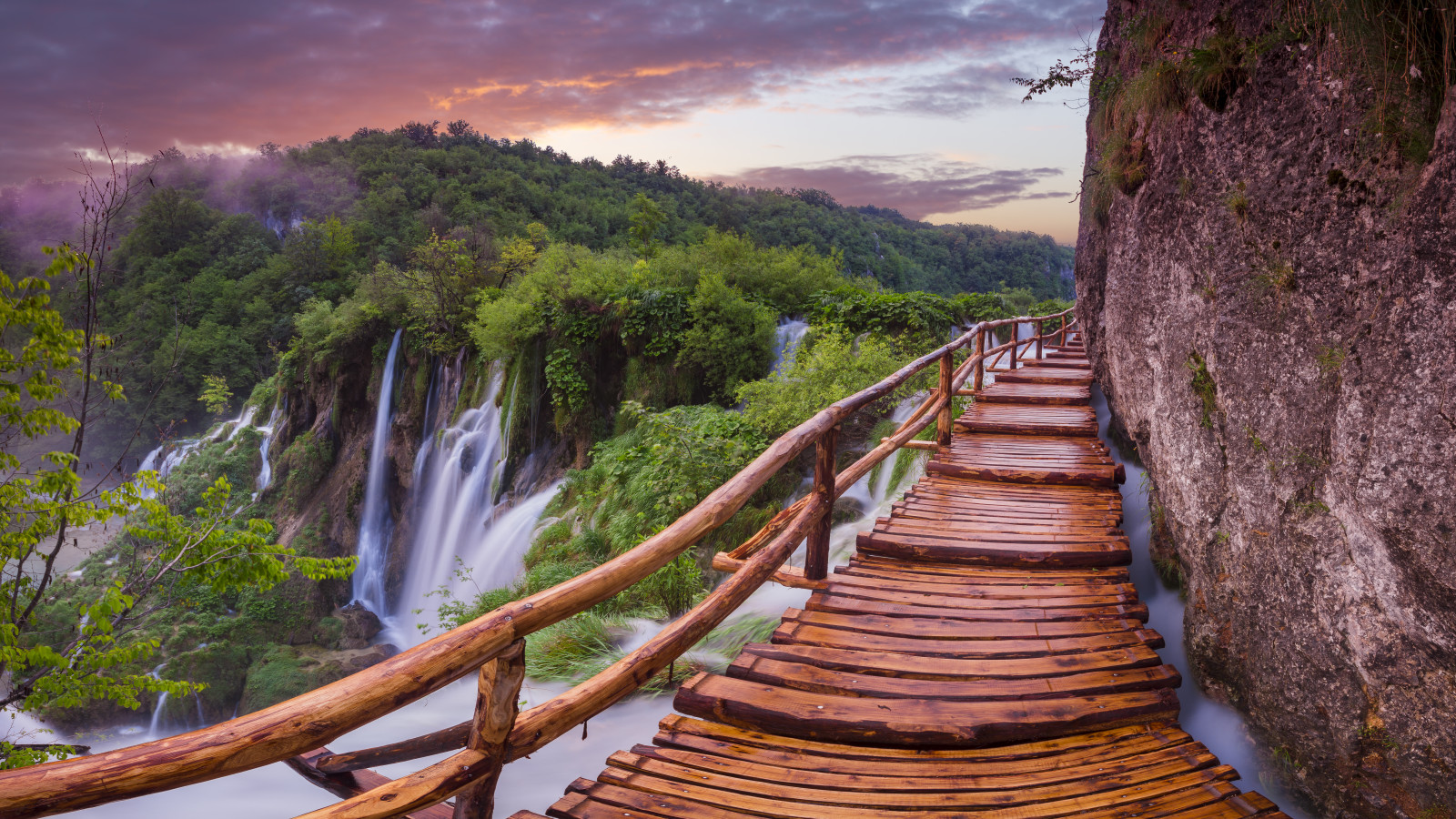
North America is justly famous for its majestic national parks. But not a lot of travelers on this side of the Atlantic seem to know that many of Europe’s natural and cultural treasures are also protected within the boundaries of national parks. They may not be household names like Yellowstone or Yosemite, but for travelers who quest outdoor sports, awesome landscapes, wildlife or ancient history, here are seven European national parks that should be on your bucket list.
Some helpful tips before you begin reading: To catch the best weather, the more northern parks below are best visited in summer. To avoid the crowds, the four scattered around the Mediterranean basin are ideal for spring and autumn visits.
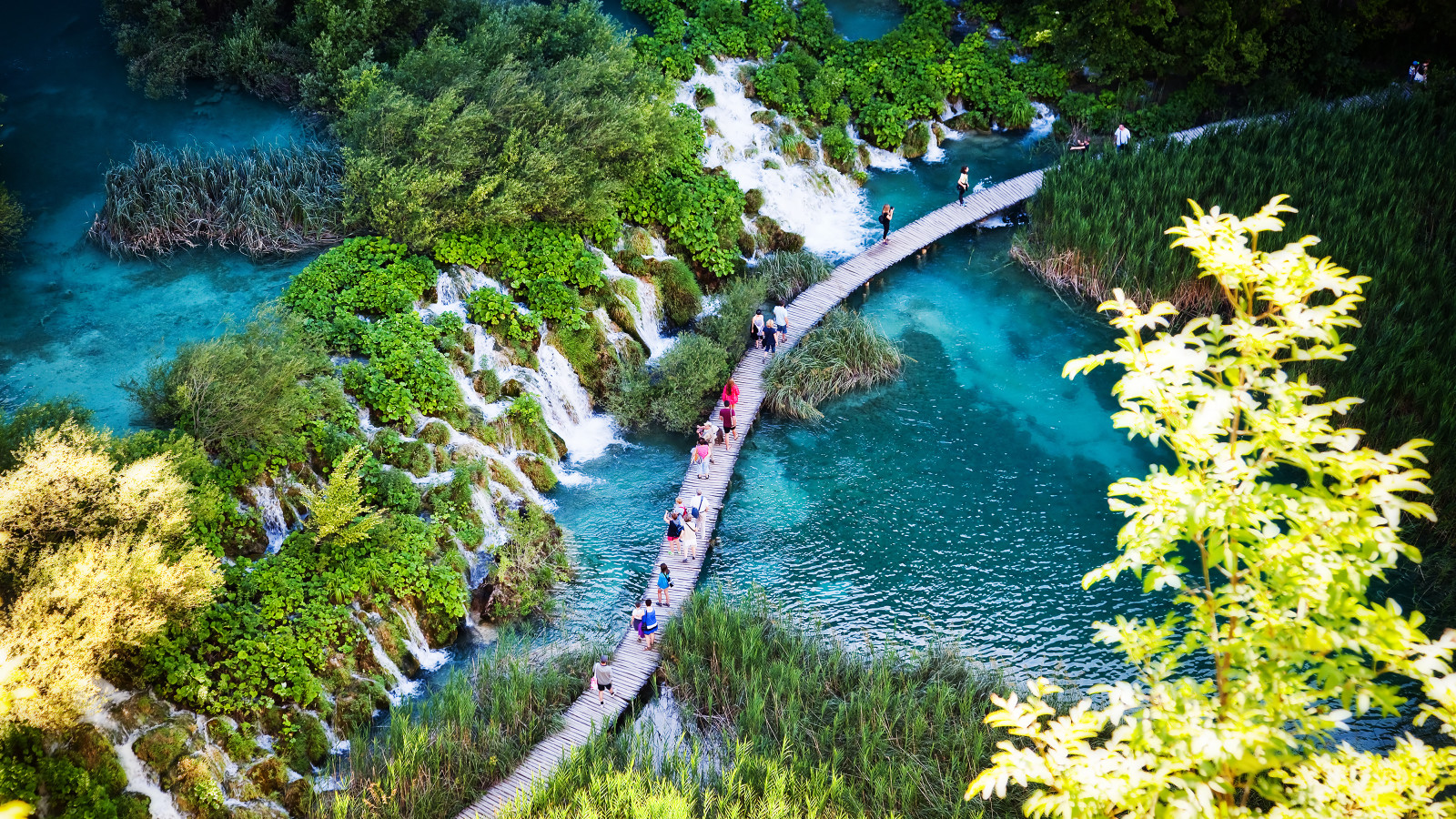
Set in the Dinaric Alps, Plitvice Lakes National Park looks more like a computer-generated landscape from a Lord of the Rings movie rather than a real place.
The park features waterfalls that tumble from soaring limestone cliffs into 16 lakes with water that varies in color from sapphire to aquamarine and turquoise.
One of the best ways to experience Plitvice is on a private guided tour from either Split on the Adriatic coast or Zagreb, Croatia’s capital and largest city.

This legendary mountain exploded to fame in 79 A.D., when a massive eruption covered nearby Pompeii in a thick layer of volcanic ash.
Although still an active volcano, constant scientific monitoring means it’s now safe for visitors to hike 11 national park trails including a path to the crater rim with its panoramic view of Naples Bay and the Isle of Capri. Hikers can toast their summit conquest with an Aperol spritz and Prosecco at crater rim La Capannuccia café.
Learn the before and after eruption stories and history by visiting Vesuvius and Pompeii on the same day on small group or private tours from Sorrento or the Amalfi Coast.
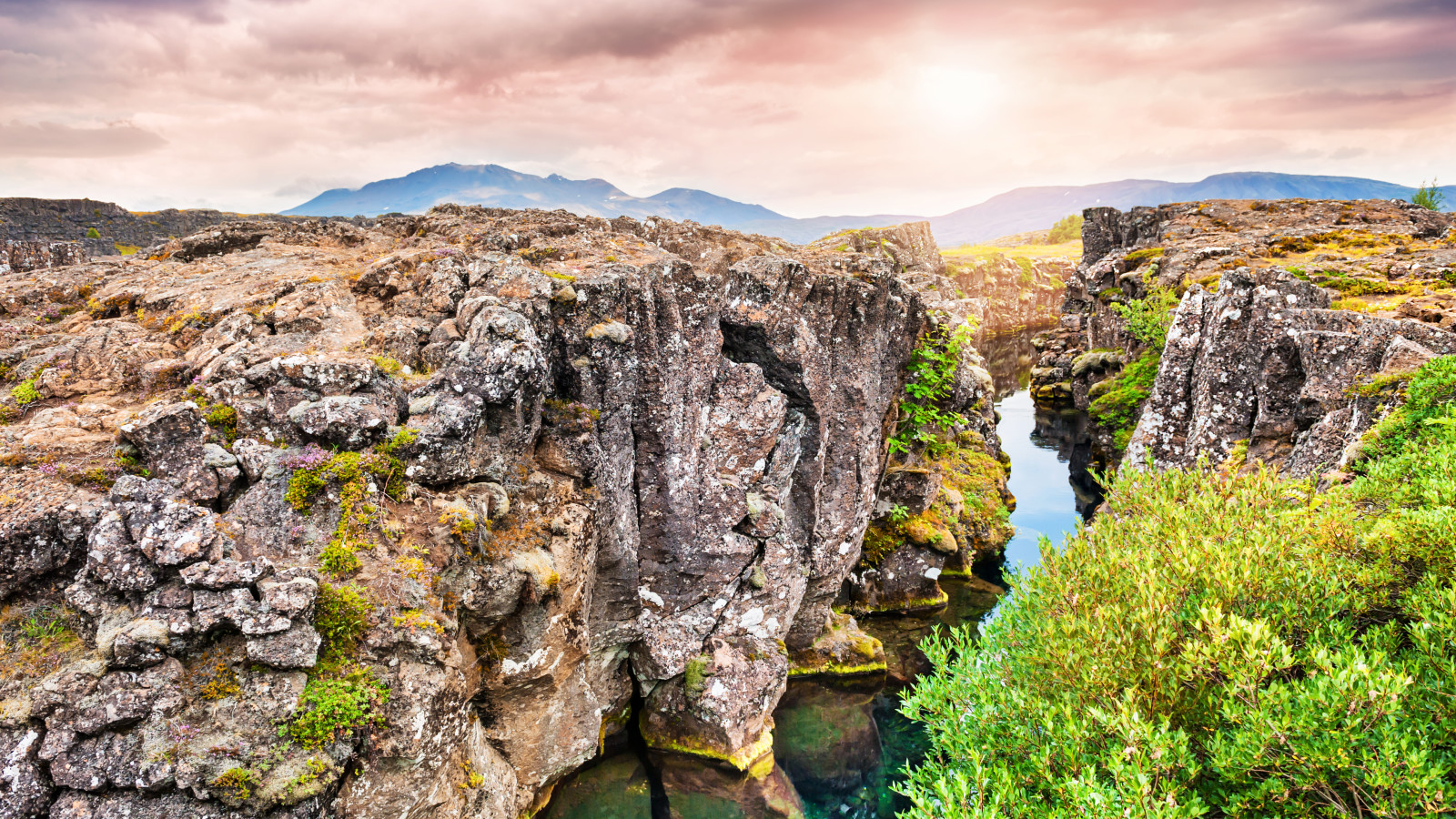
Iceland’s Viking chieftains began gathering at Thingvellir in 930 A.D. to discuss governing the island, an annual tradition that evolved into the world’s oldest continuous parliament.
The national park that preserves the meadow where they met also includes Öxarárfoss waterfall and dramatic volcanic gorges that mark the boundary between the North American and Eurasian tectonic plates.
Less than an hour’s drive from Reykjavík, Thingvellir is one of the highlights of a small group Golden Circle tour that also includes Gullfoss waterfall and the thermal field that spawned the word geyser.
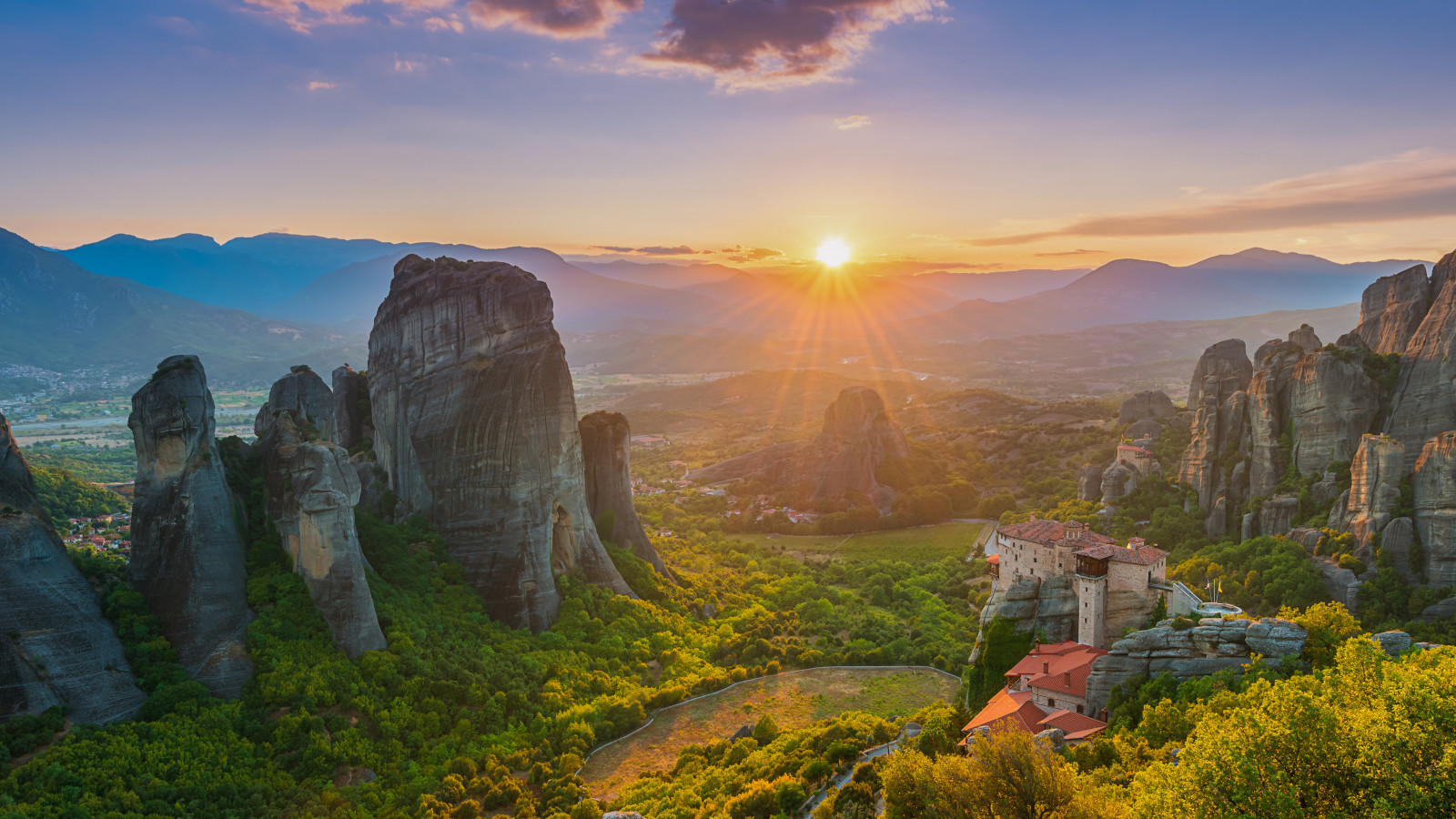
One of the last great wilderness areas of southern Europe, the Pindus range rises to more than 8,000 feet above sea level in northern Greece.
Dissected by deep valleys carved by wild rivers, the park is renowned for hiking, climbing, and whitewater sports. It’s also a cultural asset, a landscape spangled with ancient villages, Ottoman bridges, and Orthodox monasteries.
The national park is immense. But a good way to experience as much as possible in a single day is a guided jeep safari that includes a chance to sample local wine and cheese.
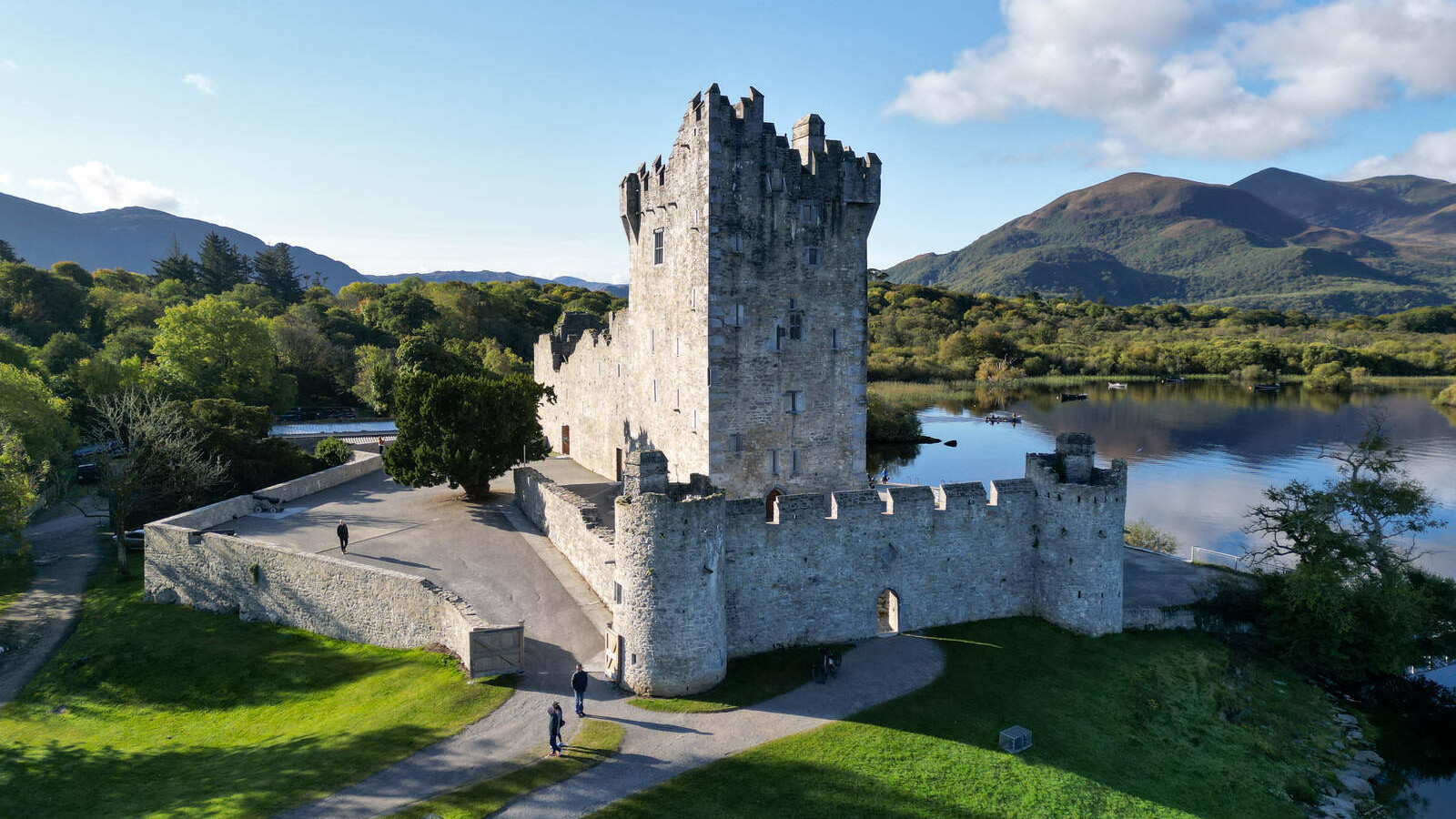
Ruined castles and ancient abbeys, placid lakes and pastoral landscapes—Killarney has just about everything one imagines of the Emerald Isle.
Ireland’s first and oldest national park also boasts more native forest than anywhere else on the island as well as abundant deer and more than 140 bird species. Topping things off are Macgillycuddy’s Reeks, the nation’s highest mountains.
Killarney National Park is just one of the stops on a traditional Ring of Kerry tour that also includes Dingle Bay, the lovely Gap of Dunloe, and villages that seem straight out of 19th-century Ireland.

One of the last undeveloped stretches of the French Riviera is the forte of Calanques National Park near Marseille.
The park takes its name from its distinctive fjord-like calanaques—coves with secluded beaches and dazzling turquoise water. Looming nearly 1,300 feet above the Mediterranean, the park’s Cape Canaille is France’s tallest sea cliff.
Most of the park is actually off the mainland, little rocky isles and rich underwater areas for scuba and snorkeling. Calanques is accessed via rugged hiking trails that start from the south side of Marseilles or boat excursions from Cassis.
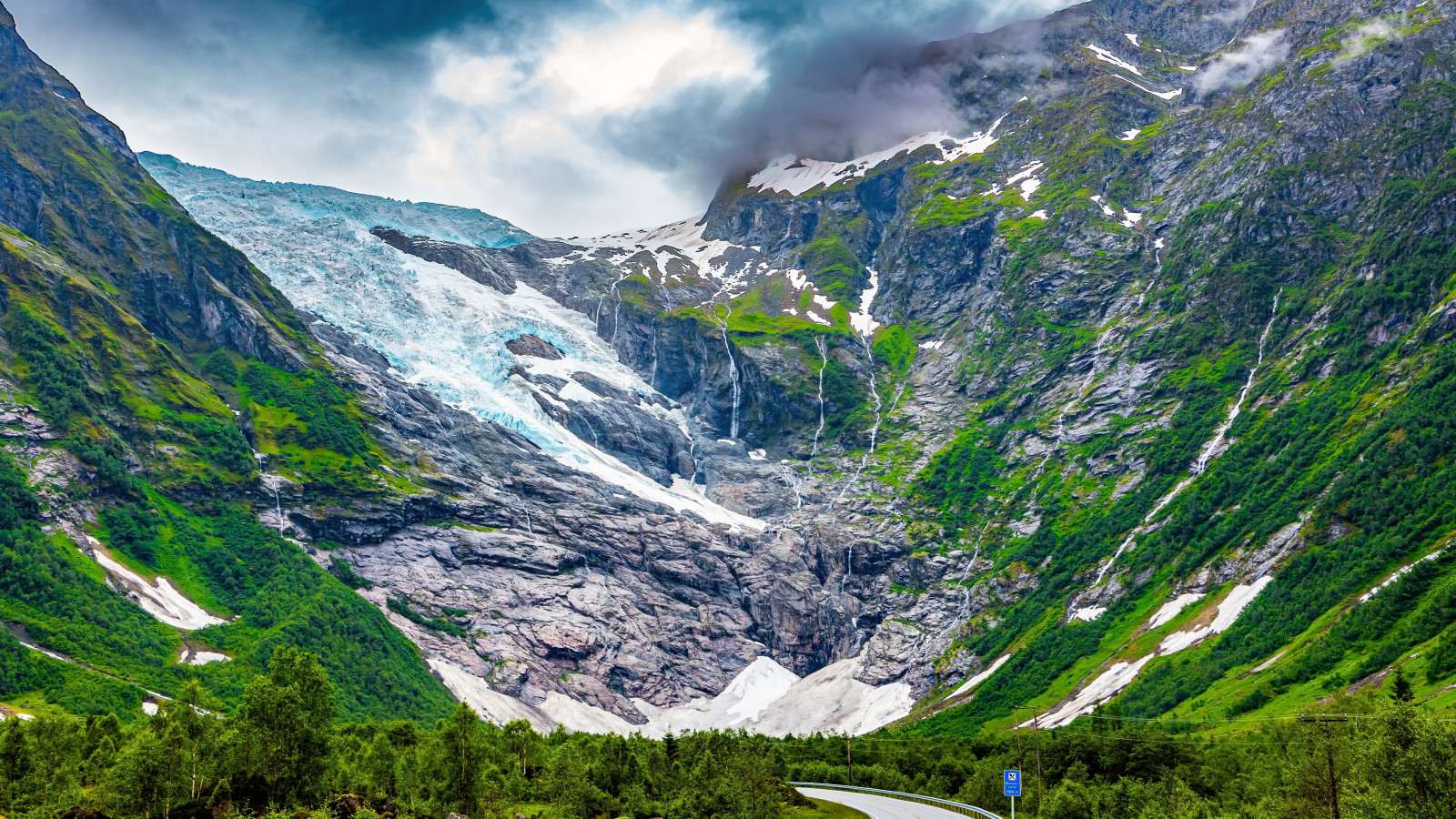
Another surreal setting, Jostedalsbreen is a land of geographic extremes. More than half the park is covered by glaciers, including the largest frozen giant on mainland Europe.
The glaciers generate waterfalls and wild rivers that gush through U-shaped valleys gouged by ancient ice flows. Reindeer herds roam flower-filled alpine meadows while golden eagles soar high above the park’s old growth forest.
Surrounded by fjords on three sides, Jostedalsbreen is easy to include in a trip down Norway’s alluring Vestlands coast.